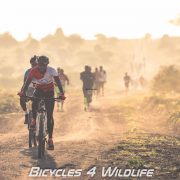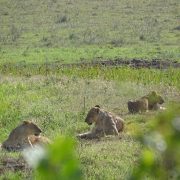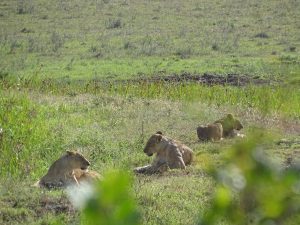The Wildlife Foundation supports 8 community rangers in the Nairobi National Park Wildlife dispersal area. The rangers work in co-operation with the local communities, the area leadership, KWS rangers and the Kenya Police to come to the aid of local citizens, whenever wild animals become a threat and to stop wildlife poaching in the area.
These rangers are all drawn from the local community and provide valuable community support to conserve wildlife in the areas around the Nairobi National Park eco-system. The areas include Empakasi, Oloosirkon, Sholinke, Olooloitikoshi and Kitengela.

The programme is currently being funded in partnership with USAID and the rangers have attended the KWS training school at Manyani and are equipped with uniforms and vehicles which include Suzuki 4WD’s and motorcycles.






